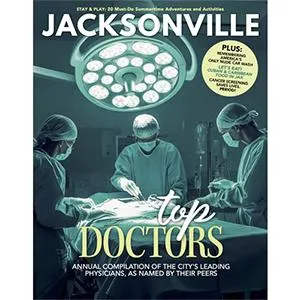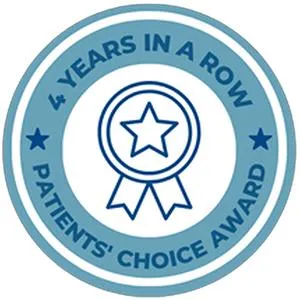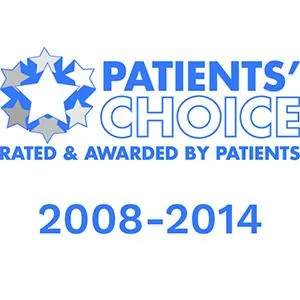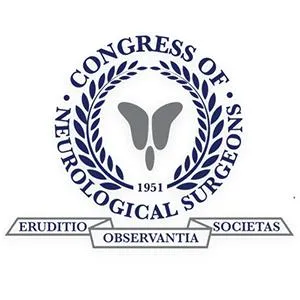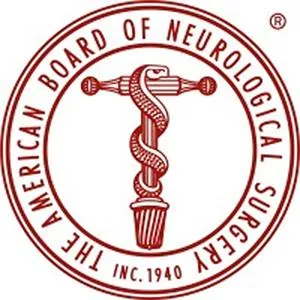Spine Conditions
Degenerative & Arthritic Conditions
Understanding Age-Related & Wear-and-Tear Spine Problems
As the years go by, the spine’s cushioning discs, supporting ligaments, and small stabilizing joints (facet joints) naturally change. Cartilage thins, discs dry out, and bone spurs can form. Collectively, these changes are called degenerative & arthritic conditions of the spine. They’re common—and while the symptoms can be frustrating, most patients improve with a clear diagnosis and a thoughtful, stepwise plan. At Desert Spine and Pain in Phoenix, our mission is to replace fear with clarity. Led by Dr. David L. Greenwald, M.D., FAANS, FACS—a nationally recognized neurosurgeon—we combine precise diagnostics, conservative care first, and advanced, minimally invasive procedures only when truly necessary.

Over 100 5-Star Reviews!

Degenerative & Arthritic Conditions We Treat

Degenerative Joint Disease (DJD)

Facet Disease
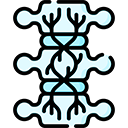
Osteoarthritis
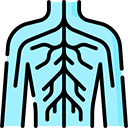
Post-Traumatic Arthritis
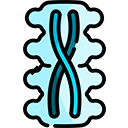
Sacroiliac Degeneration
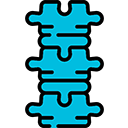
Spinal Stenosis
What falls under “Degenerative & Arthritic” Spine conditions?
Degenerative and arthritic problems can involve any region of the spine—cervical (neck), thoracic (mid-back), or lumbar (lower back)—and often share overlapping symptoms like stiffness, aching, and activity-related pain. Nerves may become irritated if bone spurs, thickened ligaments, or bulging/displaced tissue narrow the spaces where nerves travel.
Common issues include:
Facet joint arthritis (facet disease) causing localized, often morning-worse pain and stiffness
Osteoarthritis of the spinal joints
Post-traumatic arthritis after prior injury
Sacroiliac (SI) joint degeneration where the spine meets the pelvis
Spinal stenosis—narrowing of the canal or nerve tunnels that can pinch nerves
Symptoms to watch for
Aching, stiffness, and reduced flexibility in the neck or back
Pain aggravated by standing, walking, bending, or twisting
“Start-up” pain or stiffness after sitting or sleeping
Radiating pain into the buttock/leg or shoulder/arm if a nerve is irritated
Numbness, tingling, or weakness (seek care promptly for neurological symptoms)
Difficulty walking long distances (classic for lumbar spinal stenosis)
Urgent signs: fever with back pain, recent major trauma, progressive leg weakness, or new bowel/bladder changes.
Our diagnosis process: what to expect
Conversation & exam – We’ll map your pain, triggers, and function; then perform a focused physical and neurological exam.
Imaging (only when it helps decisions) –
X-rays for alignment, arthritis, and stability
MRI to evaluate discs, nerves, ligaments, and soft tissues
CT in select cases (prior surgery, complex anatomy, or suspected fracture)
Targeted diagnostics – In some cases, diagnostic injections (facet or SI joint blocks) help confirm the true pain generator before committing to treatment.
Our outcome goal is simple: treat the cause, not just the symptom.
Treatment options (conservative first)
Most patients get better without surgery. Your personalized plan may include:
Core Conservative Care
Medications for short-term pain and inflammation
Guided Physical Therapy focused on posture, flexibility, and core/hip strength → Visit Physical Therapy
Ergonomics & Activity Modification (desk setup, lifting mechanics, sleep positions)
Heat/ice and home mobility work
Lifestyle changes (weight management, smoking cessation to slow degeneration)
Interventional Pain Management
Facet joint injections or medial branch blocks (both diagnostic and therapeutic)
Radiofrequency ablation (RFA) to gently “quiet” the facet pain nerves for months at a time
Epidural steroid injections when nerve irritation/inflammation contributes to symptoms → Learn about Epidural Steroid Injections
When Surgery is the Best Option
If pain remains disabling, or significant nerve compression persists, we’ll discuss minimally invasive procedures tailored to your diagnosis:
Minimally Invasive Surgery (MIS) – Small incisions and less muscle disruption
Laminectomy / Foraminotomy – Relieves pressure from spinal stenosis by widening the canal/nerve tunnels
Motion-preserving options in the neck (select cases)
Stabilization/fusion only for true instability, deformity, or when required after decompression → Explore Lumbar Fusion
We’ll review benefits, risks, and recovery timelines so you can choose confidently.
Recovery & Timeline
Conservative care: many patients improve within 4–12 weeks, particularly with consistent PT and ergonomic changes.
After injections / RFA: relief may be rapid (days to weeks) and can last months or longer; best results come when paired with exercise.
After MIS decompression (e.g., laminectomy/foraminotomy): light activity often within 1–2 weeks; progressive return by 6–12 weeks.
After fusion: activity ramps more gradually; bone healing continues over several months.
Your plan is individualized—paced to your goals, job demands, and baseline fitness.
How to prepare for your visit
Bring prior imaging, reports, and a list of treatments you’ve tried
Note where pain travels (e.g., into buttock/leg or shoulder/arm)
Wear comfortable clothing for movement testing
Jot down your top questions—we’ll answer all of them
We’ll focus on reassurance and clarity. You’ll leave with a plan.

Dr. David L. Greenwald, M.D., F.A.C.S.
Neurosurgeon | Spine Surgeon | Regenerative Medicine
Dr. David L. Greenwald, MD, FACS, is a board-certified spine surgeon renowned for his expertise in spine surgery, offering both traditional and minimally invasive procedures to treat a wide range of spinal conditions. Whether addressing herniated discs, spinal stenosis, fractures, deformities, or degenerative diseases, Dr. Greenwald combines surgical precision with the latest technology to achieve optimal outcomes. His approach emphasizes preserving mobility, minimizing tissue disruption, and promoting faster recovery. With decades of experience and a strong reputation for compassionate care, Dr. Greenwald has helped countless patients throughout South Florida find lasting relief and return to active, pain-free lives.
Why patients choose Desert Spine and Pain
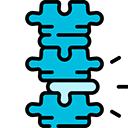
Premium Care
Premier Phoenix spine center led by Dr. David Greenwald, a board-certified neurosurgeon recognized nationally for complex and minimally invasive spine care.

Patient Focused
Conservative-first philosophy with every option under one roof from diagnostics and non-invasive care to minimally invasive and spine surgery followed by post surgical care.

Precise Treatments
Precision diagnosis to target the true pain source and how to minimize and manage pain effectively through the least invasive treatment available followed by post treatment care.

Concierge Service
Calm, clear communication—we make a scary topic manageable, step by step. Call us today to schedule your spine and pain consultation with one of our spine specialists.
Frequently Asked Questions
How do I know if my pain is “degenerative” versus a strain?
Strains typically follow a specific activity and improve in days to weeks. Degenerative pain is more gradual, often morning-worse with stiffness, and can flare with activity over months/years.
What’s the difference between arthritis and spinal stenosis?
Arthritis refers to joint degeneration/inflammation (often the facet joints). Stenosis is a consequence of aging changes—bone spurs, thickened ligaments, bulging tissue—narrowing nerve spaces and causing nerve symptoms.
Do most people with degenerative spine conditions need surgery?
No. Most improve with PT, ergonomics, and targeted injections. Surgery is reserved for persistent disability or progressive nerve compression.
Will injections just “mask” the problem?
Injections reduce inflammation so you can move better and build strength in PT. For many, this combination is the turning point that prevents surgery.
How long does relief from radiofrequency ablation last?
Relief commonly lasts 6–12 months (sometimes longer) because the tiny pain nerves eventually regrow. If relief was good, RFA can be safely repeated.
When is fusion necessary?
Only when there’s true instability, significant deformity, or when stabilization is required after nerve decompression. We prefer motion-preserving and MIS strategies whenever safe.
Book your Spine Care Consultation Today!


Desert Spine and Pain
Patient Centered & Partner Focused
Quick Links
Resources
Connect With Us
© Desert Spine and Pain. 2025. All Rights Reserved. Sitemap
